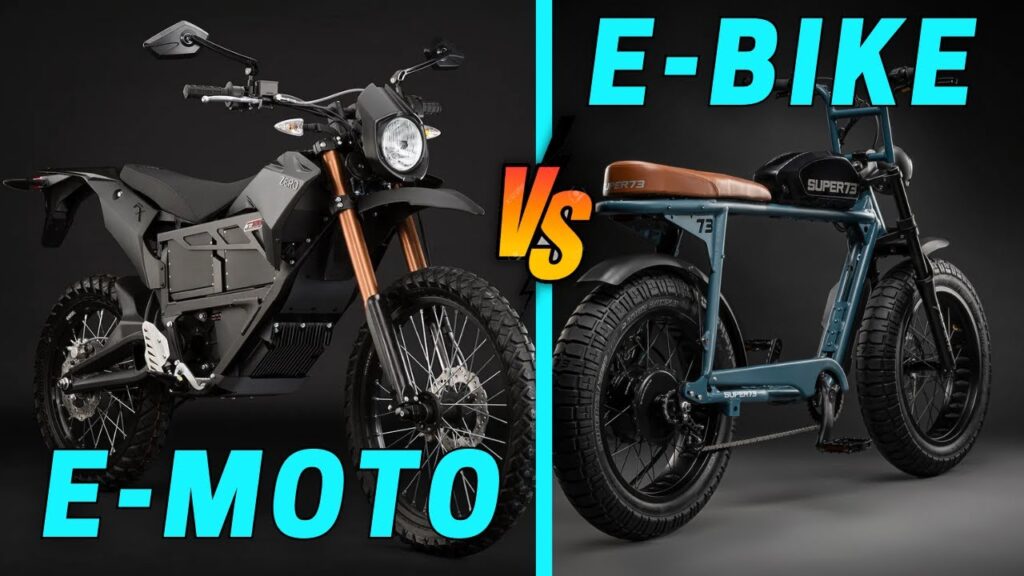As 2 wheeled EVs become increasingly popular – lots of riders who have been bitten by the electric bug often ask us – when is the right time to trade up for more power and speed?
In this discussion, we will delve into the fundamental differences between e-bikes and electric
motorcycles, exploring their key characteristics, intended use, and when it might be appropriate
to trade up from an e-bike to an electric motorcycle.
E-Bike vs. Electric Motorcycle
Both offer the benefits of electric propulsion, but they cater to different needs. Let’s discuss the key differences between these two electric rides:
E-Bike Basics
E-bikes, short for electric bikes, are essentially bicycles with an integrated electric motor and
battery. They are designed to assist the rider’s pedalling efforts, providing varying levels of
electric assistance as the rider pedals.
They are often categorized into three classes based on their power output and maximum
assisted speed. Class 1 provides assistance up to 20 mph (32 km/h), Class 2 up to 20 mph (32
km/h) without pedalling, and Class 3 up to 28 mph (45 km/h) with pedalling.
Electric Motorcycle Basics
Electric motorcycles, on the other hand, are two-wheeled vehicles designed solely for electric
propulsion. They resemble traditional motorcycles but are powered by electric motors and
batteries instead of internal combustion engines. The range of electric motorcycles available in
Australia is a bit limited – something we are working on improving. But there are options in both
the learner approved category and full unrestricted license group.
Electric motorcycles offer higher speeds, more power and more range compared to e-bikes,
making them suitable for urban commuting and highway riding.
Key Differences between E-Bikes and Electric Motorcycles
- Speed and Power: E-bikes are designed primarily for urban commuting and leisurely
rides, with limited top speeds and lower power output. In contrast, electric motorcycles
offer higher speeds and more robust acceleration, making them suitable for longer
journeys and highway use. It’s the same as the difference between bicycles and motorcycles – although the range difference is slightly smaller. - License and Registration: In most regions, e-bikes are considered bicycles and do not
require a drivers license or registration. On the other hand, electric motorcycles typically
require a motorcycle license (learner or unrestricted depending on the model) and road registration due to their higher speeds and power meaning they are used on roads, not just footpaths, private property and off-road. Some lower powered electric motorcycles and scooters like the Super Soco TC or Benzina Zero Duo can be ridden in most States with just a normal drivers license or by taking your learner motorcycle course and getting your Learner Motorcycle License. - Riding Range: E-bikes generally have a lower riding range due to smaller battery
capacities, typically ranging from 32 to 120 KMs. Electric motorcycles, with larger
batteries, can offer significantly greater ranges, typically between 100 to 400 KMs for the
premium end of the market like the 2023 Energica Experia which has a battery pack
about twice the size of a Tesla Powerwall. - Weight and Handling: E-bikes are lighter and handle similarly to regular bicycles,
making them easy to manoeuvre in tight, urban environments. Electric motorcycles are
heavier, which may require more experience and skill to handle confidently, especially at
low speeds.
When to Trade Up
The decision to trade up from a 48V e-bike to an e-motorcycle should be based on your specific
needs, preferences, and riding habits. Here are some specific points to consider:
Commuting Needs
If your daily commute has increased significantly, and your e-bike's range is no longer sufficient to cover the distance comfortably, it might be time to consider an e-motorcycle with a longer range and higher speed capabilities. Or if your commute includes roads that are not suitable or accessible on an e-bike such as highways – it might be time to cut down the commute time,
spend some more money and upgrade to an electric motorcycle.
More Speed
If you find yourself often maxing out the speed of your e-bike and craving for more, an electric
motorcycle might be the right choice. Electric motorcycles in Australia generally have a
minimum top speed of 60km/h rising right up to 240km/h on the Energica Ego+. Making them
ideal for those seeking a faster ride.
Challenging Terrain
If your daily route includes challenging terrains like steep hills or rough roads, an electric
motorcycle with greater power and torque will handle such conditions more efficiently than an e-
bike.
Payload
If you need to carry heavier loads regularly, like additional passengers or substantial cargo,
electric motorcycles typically have higher weight capacities, making them more suitable for such
tasks.
Ride Length
If you enjoy longer rides beyond the range of your e-bike, an electric motorcycle's extended
battery capacity will allow you to explore more distant destinations without worrying about
running out of power.
Things to Consider Before Trading Up from an E-Bike to Electric Motorcycle
Let’s delve into other aspects to consider before trading up from an e-bike to an e-motorcycle:
Weight and Size Electric motorcycles are typically heavier and larger than e-bikes. Ensure that you can handle the increased weight and size comfortably, especially during maneuvers, parking, or moving the vehicle when not in use.
Licensing and Legal Requirements
Check if your local regulations permit riding electric motorcycles, and if necessary, obtain the
appropriate license or registration before making the switch. For example, in Australia – you can
only ride a road registered motorcycle (petrol or electric) in National Park areas. State Parks
have slightly different regulations in each State.
Financial Capability
Ensure that you can afford an electric motorcycle. They can be expensive – a lot more than e-
bikes, so weigh the costs against the benefits it offers for your riding needs.
Safety and Skill
Assess your riding skills and comfort level with higher speeds and heavier vehicles. If you are
confident in handling an electric motorcycle safely, it may be the right time to trade up. Or if you
feel really comfortable riding your e-bike at higher speeds and always feel in control – it may be
time to trade up.
Parking and Storage and Charging
Consider the parking and storage options available to you. Electric motorcycles might require
more space than e-bikes, and you need to have a secure location to keep your vehicle when not
riding. You also need to consider how you are going to charge an electric motorcycle or scooter.
Typically their batteries are too large to remove – so you need to be able to access a plug
where you store the electric motorcycle. A garage or driveway near an external plug socket is
perfect. Apartment building car parks and public parking areas can be more challenging.
Alternatively you could rely on public charging stations – but that could become expensive and
time consuming.
Maintenance Accessibility
Check if you can access maintenance services conveniently for the electric motorcycle model
you’re interested in. Having authorized service centres or skilled mechanics nearby can be
crucial for keeping your motorcycle in top condition. E-bikes in general are easier to maintain
and most good bicycle shops can help you if required.
Resale Value
Consider the potential resale value of your current e-bike and how it can offset the cost of
upgrading to an electric motorcycle. A well-maintained e-bike might fetch a reasonable price in
the second-hand market. You’re going to need at least a 20% deposit to purchase an electric
motorcycle on finance.
Of course some electric motorcycles straddle that narrow gap between e-bikes and electric motorcycles – some examples below of high powered 2 wheelers that are not road motorcycles:
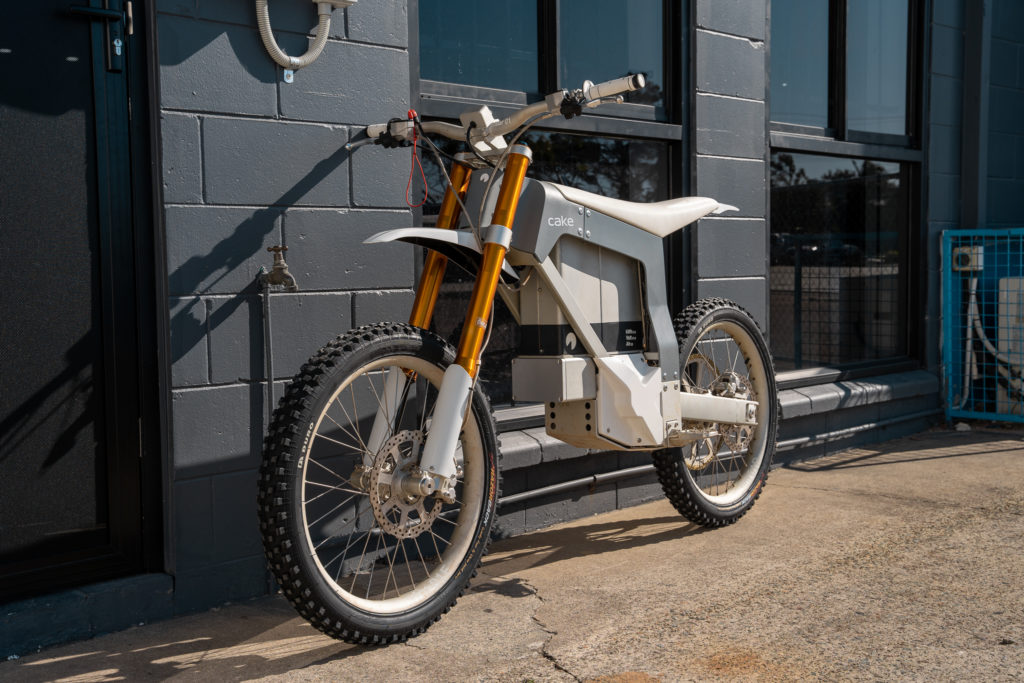
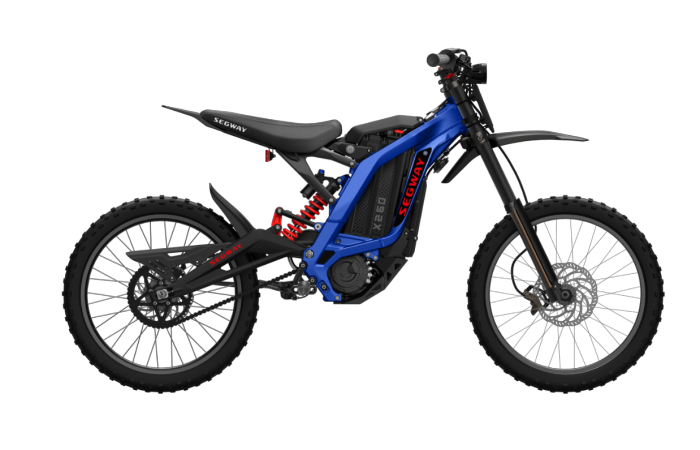
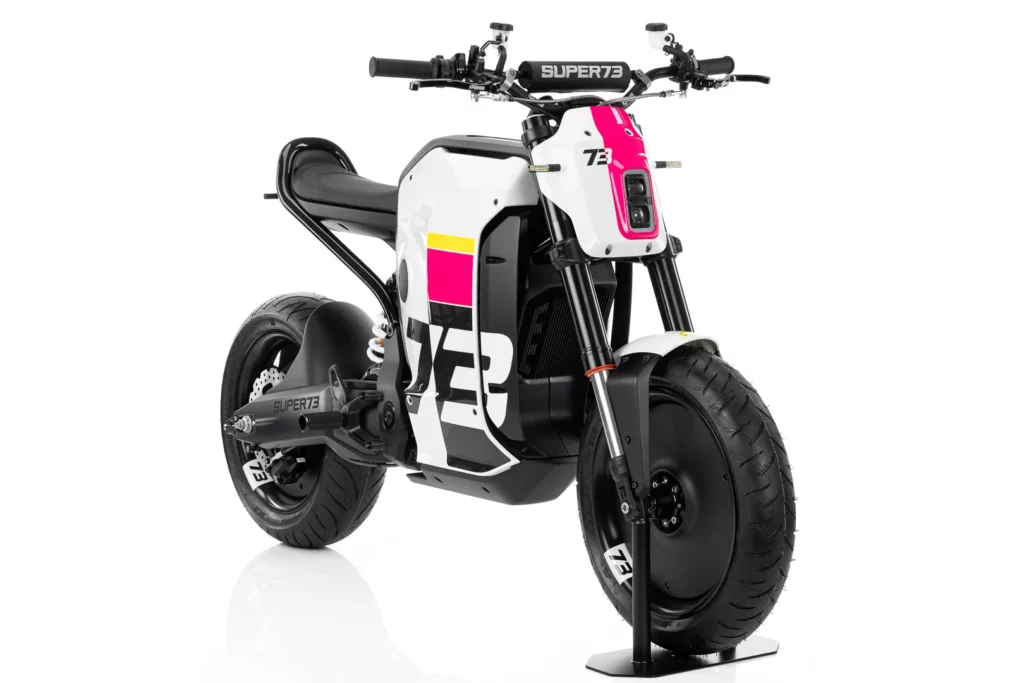
Final Word
The choice between an e-bike and an electric motorcycle depends on your specific
requirements and riding preferences. If your daily commute has grown, you crave greater
speed, or encounter challenging terrains, trading up to an electric motorcycle might be a logical
step. However, before making the switch, it is crucial to take into account various factors,
including the vehicle’s weight and size, licensing regulations, financial feasibility, riding
proficiency, parking and storage arrangements, along with other considerations mentioned in
the blog. This thoughtful evaluation will enable you to make an informed decision that aligns
with your needs and preferences.

